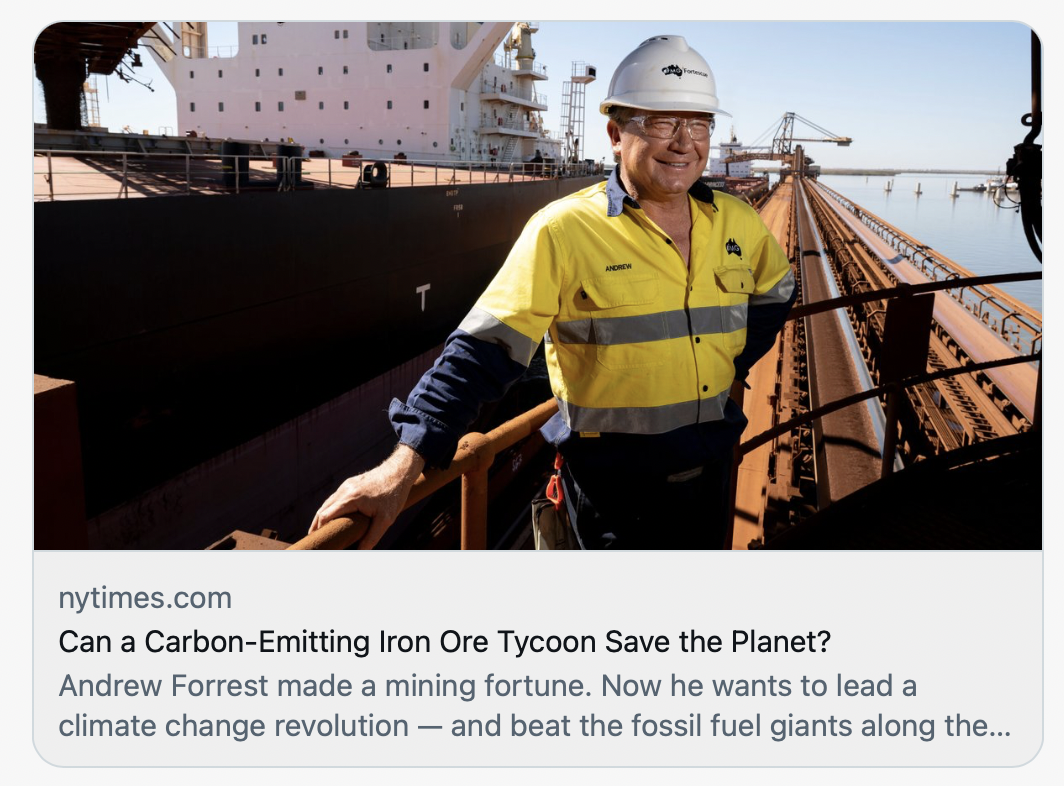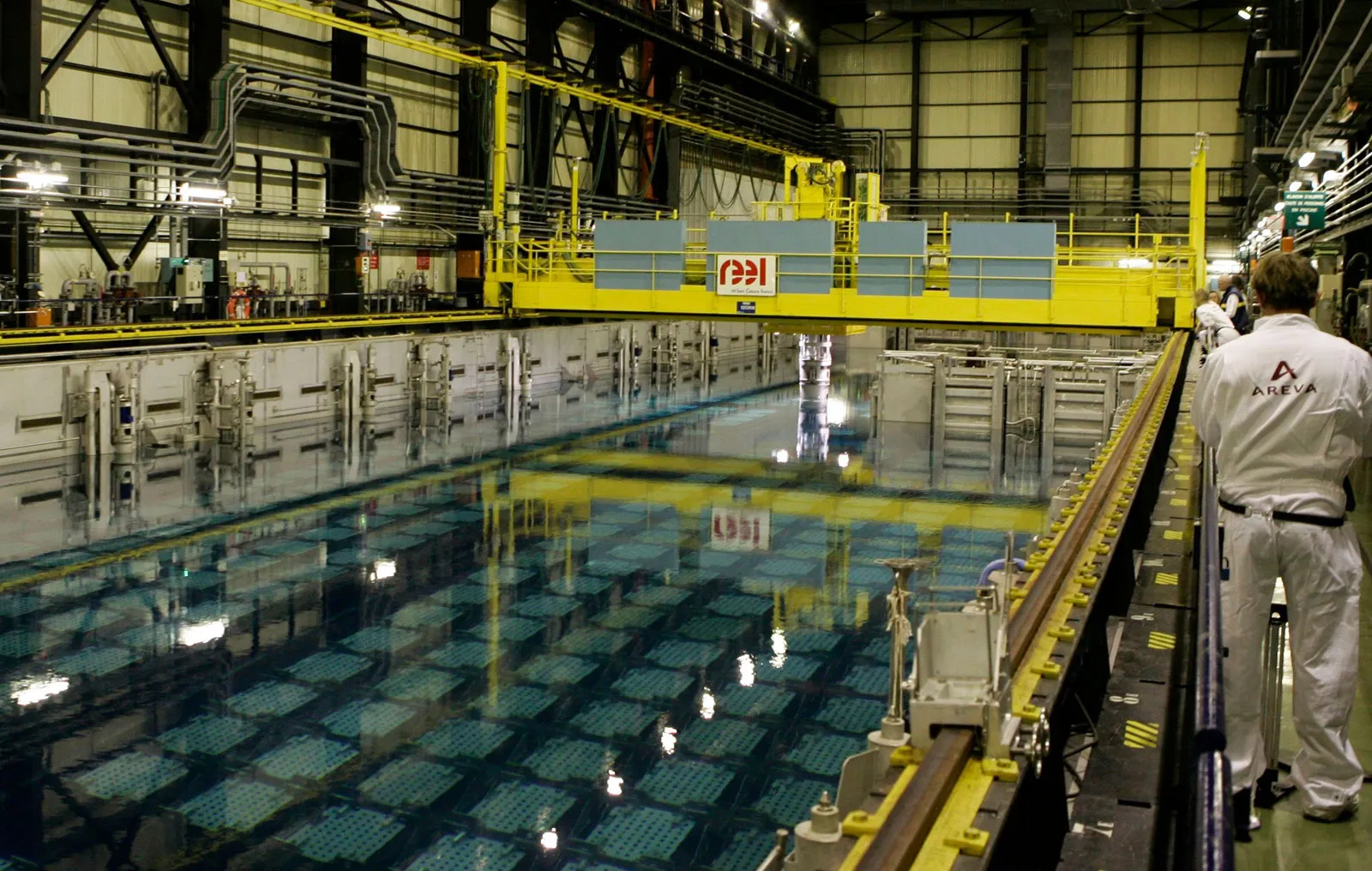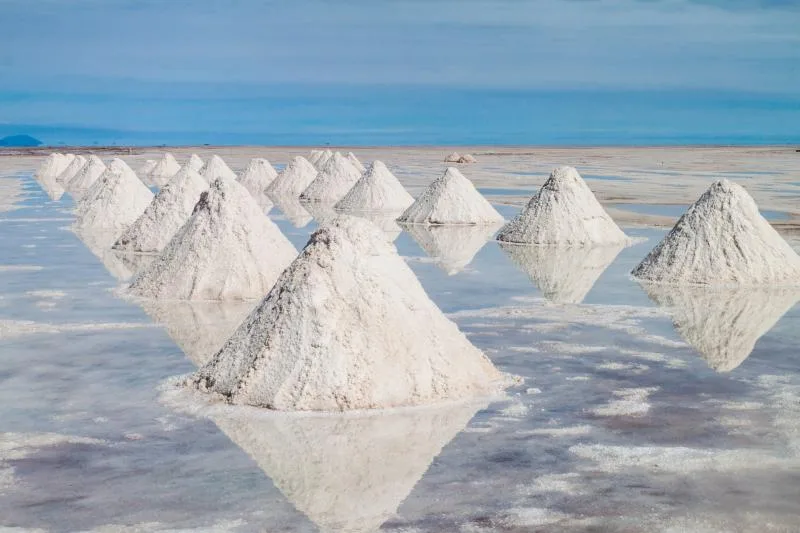Australian mining magnate Andrew Forrest, who amassed a fortune from iron ore mining in Western Australia, is the focus of a long-form piece in the New York Times this weekend.
The Times Australian correspondent Damien Cave followed Forrest across Western Australia for the article titled ‘Can a Carbon-Emitting Iron Ore Tycoon Save the Planet?‘.
The billionaire has recently began a new quest to focus on climate change, after Forrest completed a PHD, where he realised global warming was impacting ocean oxygen levels and global fish populations.
“I want to use those companies (that I’ve built) to show the rest of industry…that addressing global warning with your company can either be seen as a threat or a serious opportunity,” Forrest told the Good Will Hunters podcast recently.
His company is now moving into green hydrogen, mining and shipping iron ore as ‘green iron ore’ and is investing in ‘green steel’ research and development.
One major piece of news in the article, is what appears to be a scientific breakthrough at the University of Western Australia in green steel.
Fortescue is looking at supporting ways steel can be produced in smelters without releasing greenhouse gases, said to be responsible for some 8% of global carbon emissions.
The company has made billions from iron ore. Forrest and Fortescue have amassed a fortune thanks to the economic revolution in China over the last 20-years, which has been hungry for steel to power massive infrastructure and property projects. About 2 tonnes of CO2 are emitted for every tonne of steel produced.
The company has recently launched Fortescue Future Industries as part of their pivot towards green energy.
Now, the company under Chairmanship of Andrew Forrest, may have had a breakthrough in the steel making process.
About 90% of steel carbon emissions comes from the process of producing pig-iron.
According to the article, a team of Scientists at UWA have figured out a way to replicate the same process with “electrodes and a pressurised brew of metals and other materials.”
“The groups design, secret until now, recently received provisional patent approval,” Cave wrote.
There’s also news in my story: Fortescue’s advances with green steel. If their process for reducing ore to pig iron with electrochemistry works at scale, steel production could be emissions free and rely on intermittent renewables. That’s big. 7/ https://t.co/5YlxRPTWsS
— Damien Cave (@damiencave) October 16, 2021
Bill Gates has also been backing a firm in the US, Boston Metal, developing a similar technology.
More from the NYTimes (paywalled)






